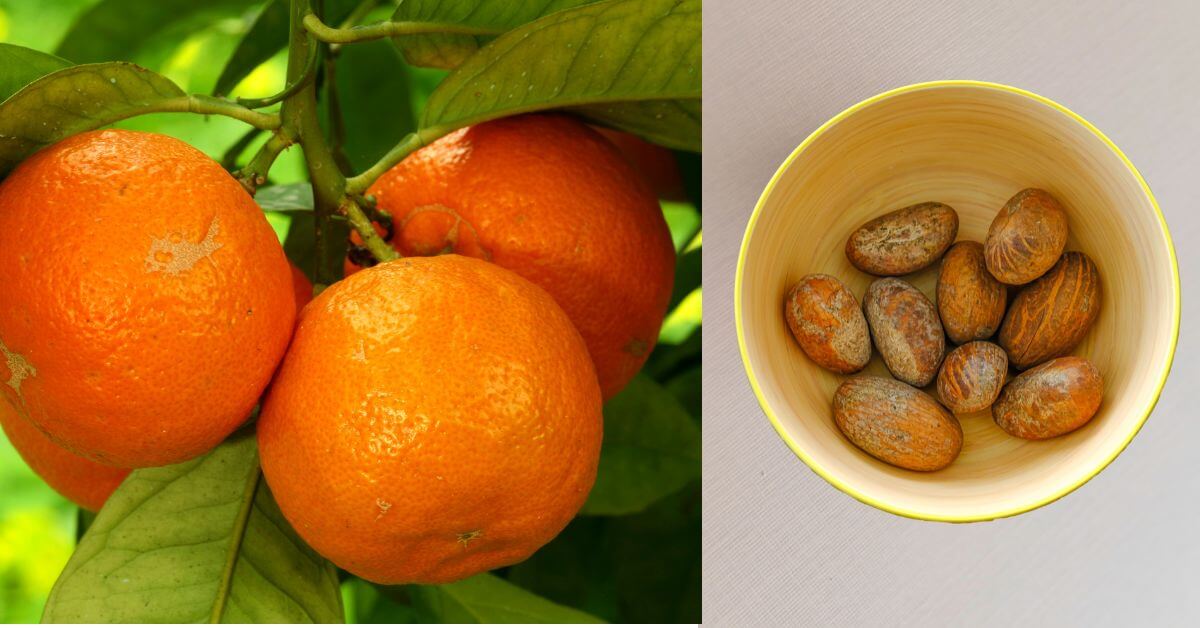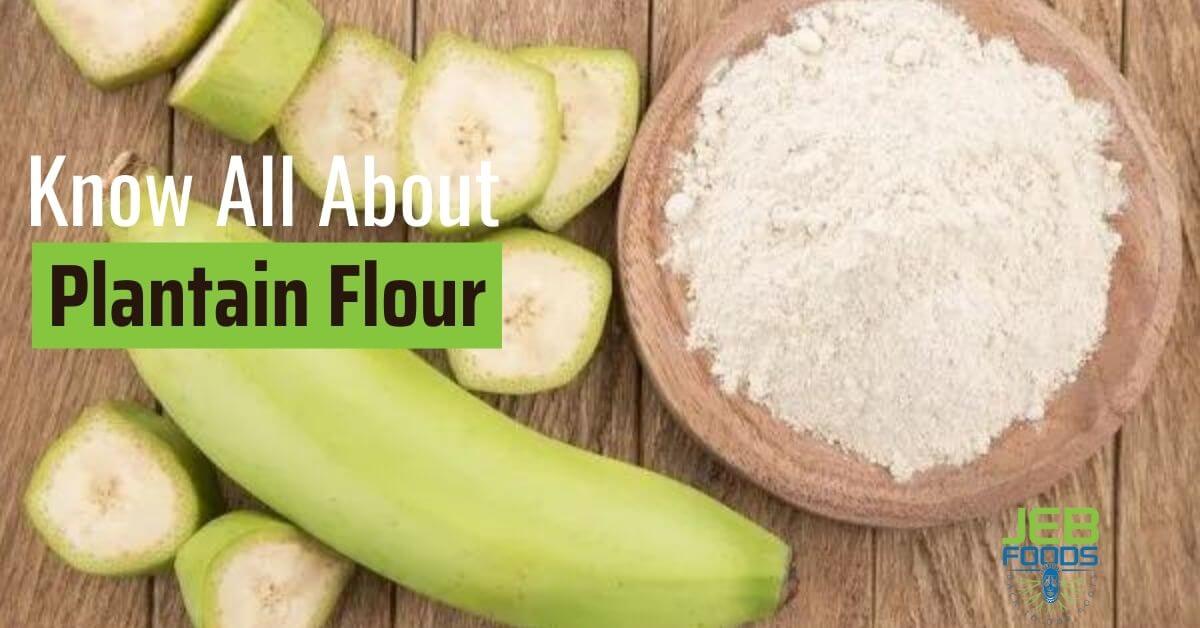Let’s find out how long it will take bitter kola to grow when planted.
There are two major ways bitter kola can be grown.
- Bitter kola may be grown from seed
- It can be grown through grafting.
Plant the seeds by staking and keeping the stump in the shade for three years.
The bitter kola seeds have a short viability period. Hence, they should be sowed as soon as possible after harvest.
Also called Garcinia kola, is an evergreen flowering tree that may reach a height of 30 meters. It is native to tropical Africa.
The trunk is straight and covered in brown bark. The leaves have a leathery texture. The blooms are greenish-white in color.
The seeds are edible and uncooked. The reddish-yellow fruits are bitter but edible.
Here are the unbelievable benefits of bitter kola

Complete Guide to Starting Bitter Kola Farming
Table of Contents
ToggleBitter kola cultivation will make you wealthy in a matter of years. It is a popular cake product in both foreign and domestic markets. It is a medium-sized evergreen forest tree with a broad spreading crown.
In Akwa Ibom State, Nigeria I ate some fresh bitter kola fruits. It is similar to any other fruit, except that the nuts in the fruit are what most people are interested in rather than the fruit itself.
There are fewer persons involved in commercial bitter kola growing. This was because it took up to 7 years or more before harvesting crops.
However, with better types, bitter kola may be planted and harvested in 4-5 years. It takes many years to mature bitter kola from seeds. While grafting hybrid bitter kola takes less time.
The bitter kola business is quite profitable; you will be paid in dollars if you trade them on the international market.
Businesses urgently need to engage heavily in bitter kola cultivation to close the supply-demand mismatch.
Description Of The Bitter Kola Tree
Bitter kola trees have straight trunks and brownish-colored bark.
The blooms are greenish white while the leaves are leathery, the fruits are reddish-yellow with a sour flavor when eaten, and the pod has four seeds with yellow pulp around them.
Sometimes the pod contains two, three, or even one seed; the number of seeds determines the seed size.
Nigeria is believed to generate over 150,000 tons of bitter kola annually, with 90 percent used domestically. Nonetheless, demand in both the foreign and domestic sectors continues to rise.
The plant is called fruit, and the seeds look like orange balls. Bitter kola is in high demand in the United States, the United Kingdom, India, China, and Turkey, among other places.
They may be found in Gabon, Senegal, Cameroon, Ghana, Sierra Leone, Liberia, Niger, Angola, and other African countries.
Bitter kola is known by several other names in Nigeria, including fiat, Goro, gworo, Edun, oyale, onale, Okan, orogbo, ogohi, and others.
You are welcome to add yours… Bitter kola may be grown in an open field or a semi-shaded area.
Preparing The Land For Planting Bitter Kola
You will have to cut grass and trees on a virgin land. After this you will mechanize the soil and make it farmable.
The soil should be sandy loam or heavy clayey loam with a high organic matter content. Harsh and stony soils or farmland will no be appropriate.
Bitter kola growing requires a PH of 5.0 (neutral) to 6.5 (alkaline). Bitter cola cultivation procedures are similar to Udara farming, walnut farming, cashew nut farming, ogbono farming, and so on.
Bitter kola thrives in moist soil, requiring temperatures ranging from 26°C to 28°C.
Cultivation O Bitter Kola
Bitter kola may be grown from seed or through grafting. Plant the seeds by staking and keeping the stump in the shade for three years.
Because the seeds have a short viability period, they should be sowed as soon as possible after harvest.
After three months of sowing, new seed germination is around 50%.
All viable seeds would have germinated after 7-8 months.
However, in a nursery, seeds germinate for up to 18 months with a germination rate of roughly 75%.
Germination of the seed has been a severe difficulty. To enhance germination to 90% or more, immerse the seeds in alcohol (ethanol solution) for 1-2 hours before planting.
Also keep the spacing between plants at 10mx10m or 12mx12m.
Weeding
Hand weeding or the use of herbicides can also be used. Herbicides or hand weeding are also viable options.
Allowing weeds will result in stunted growth and insect and disease damage. In the first four years, weeding can be done every three months.
Application Of Fertilizer
Bitter kola plantation, like any other plant, should be fertilized every six months if the soil lacks nutrients.
Pest And Disease Control
Insects attack pods, so harvest them as soon as possible. Control using pesticides. Once in a while, use neem oil.
Harvesting
The fruits become yellow or orange when they are ready to be harvested.
They will begin to fall on their own, explode, and divide their contents on the dirt.
You may also harvest them by hand by plucking the pods. Bitter kola grafted at 10-12m height can bear fruit. Bitter kola is harvested from April through October every year following the initial harvest.
Marketability
You might start bitter kola exports by supplying market dealers and sellers. Baskets are used to market in areas such as the southwest.
A whole basket might cost up to #50,000. Paint rubber is used in Akwa Ibom, and one paint rubber costs #7,000 depending on the period.
Unpleasant Bitter Kola Seedling
Unpleasant Kola Seedling, also known as Garcinia kola, is a flowering plant in the Clusiaceae or Guttiferae family.
It is native to the nations of Benin, Cameroon, the Democratic Republic of the Congo, Ivory Coast, Gabon, Ghana, Liberia, Nigeria, Senegal, and Sierra Leone.
The plant’s natural products, seeds, nuts, and bark, have been used in folk medicine for a long time to treat conditions such as hacks fever.
Unpleasant Kola Seedling Development
Garcinia kola trees are medium-sized trees that thrive in sticky jungles near the ocean.
G. kola seeds exhibit both seed coat torpidity and physiological lethargy, apparently caused by the seed’s synthetics.
Garcinia kola seed coat torpidity may be reduced by removing the seed coat before planting, and physiological lethargy can be reduced by consuming water for 72 hours.
Expulsion of the seed coat, absorption of water for 72 hours, setting inside hermetically sealed straightforward polythene packs.
Sprinkling water on the seeds, when required for consistent dampness, gives an early germination time of around fourteen days, whereas the combination of freshly reaped seeds, pierced insignificantly and tied in dark nylon decreases the germination time frame to somewhere between five and seven days as the piercing or scratching strategy.
Agrobusiness Investment in Bitter Kola Farming
Bitter kola farming will make you wealthy in a matter of years due to its importance and great demand; it has become a highly pricey and profitable commodity.
We have fewer/fewer bitter kola growers. This is because it takes longer to harvest the fruits, maybe up to 7 years.
However, with enhanced study, bitter kola may be planted and harvested in 4-5 years.
However, growing bitter kola from seeds takes several years. The grafting of hybrid bitter kola will take less time.
The pod may contain two, three, or even one seed; the number of seeds controls the size of the bitter kola fruit.
How Bitter Kola Is Used
It has several applications; according to socio-traditional beliefs, Igbo people utilize it at marriages, welcoming visitors, and so forth.
Bitter kola is used to greet guests and reassure them that they are safe; pharmaceutical businesses employ it to produce medications.
It is eaten raw for pleasure, among other things. The bark, fruits, seeds, nuts, roots, and flowers have traditionally been used to cure various diseases such as cough, stomach ache, fever, vaginal discharges, and gastrointestinal issues.
The roots are utilized as chewing sticks, while the wood is used to make timber.
Bitter kola trees are resistant to termites and ants. It’s used to make furniture, cement, and other things.
Because the nut is utilized in beverages (brewery) manufacturing, it is in high demand in foreign markets.
Final Thoughts
It is clear that it takes between 4 to 5 years before bitter kola grows to maturity and harvest.
Begin bitter kola farming now for a once-in-a-lifetime investment. Compared to typical seedlings, hybrid bitter kola will begin fruiting in three years.
Garcinia kola is a plant that produces an edible seed that is a member of a very specific group of plants that aid in the adaptation of organisms to stress by acting on a variety of regulatory systems.
Humans had used it for hundreds of years as both a food and a medicinal plant in traditional settings.
This amazing fruit is worth considering growing in your own garden because it has a wide range of nutrient requirements and can thrive in a variety of soil types.
Find out if bitter kola is a fruit or a vegetable and settle the debate once and for all.




